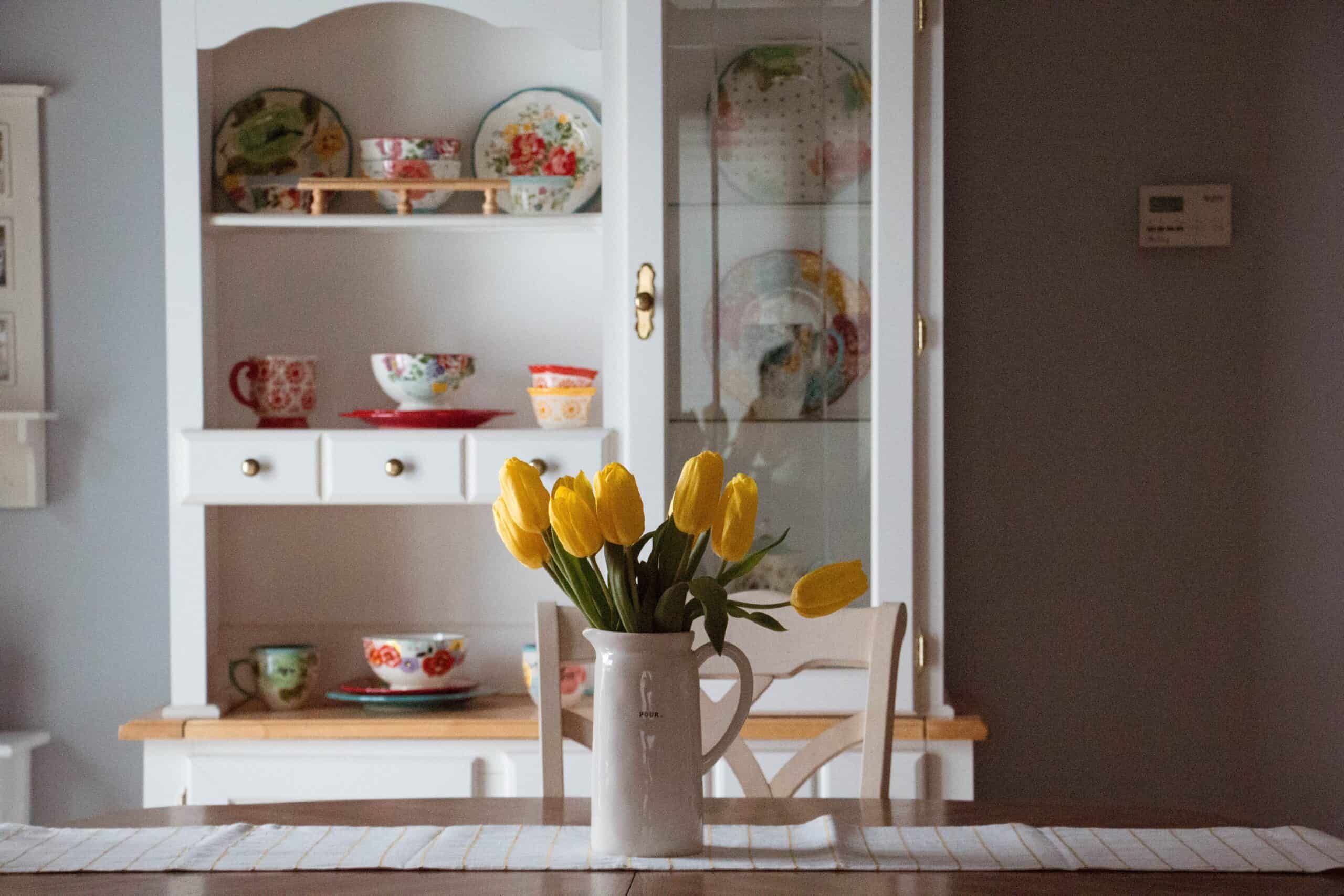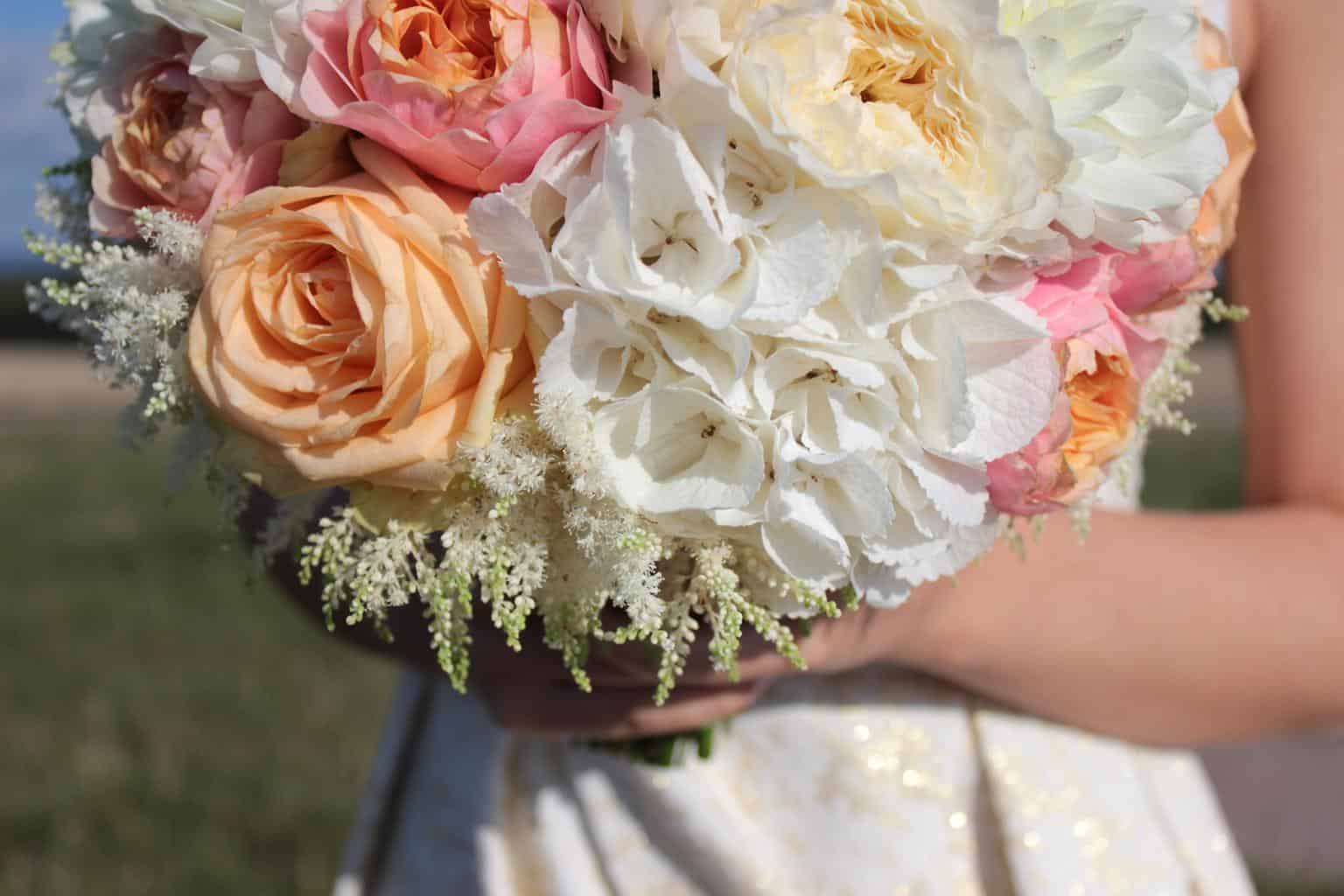Often referred to as the coronation flower, Anemone Coronaria (commonly known as Poppy Anemone or simply Anemone) is a perennial that thrives in sunny and dry conditions. Native to the Mediterranean, the Poppy Anemone is beloved for its easy to establish, bright and showy, single or double-flowered blooms in a range of colors from white to shades of blue, purple, and pink. A member of the Ranunculaceae family, the flower’s name comes from the Greek word ‘anemos’, meaning wind, which is an ode to the delicate petals that are blown by the wind.
How to Plant and Grow Poppy Anemone
Poppy Anemone grows best in bright and sunny locations, as it needs plenty of direct sunlight to thrive. It prefers well-drained soil that’s slightly alkaline and should not be grown in heavy soils that do not drain well. The ideal range of soil pH for the Poppy Anemone is 6.5 to 8.5.
When it comes to watering, the Poppy Anemone prefers consistent soil moisture, but not saturated soil. It is important to avoid overwatering or the flower’s roots can easily rot. It should also be noted that the Poppy Anemone should never be planted in a location that will be regularly submerged in water or have standing water marsh nearby.
Poppy Anemone should be planted in the late spring to early summer, once the threat of frost has passed. The flowers can also be planted in late fall in warmer climates and may even be kept indoors over the winter. The plants should be spaced 6 to 12 inches apart and set so that the top of the root ball is slightly above the soil level.
Fertilizing is not usually necessary; however, a slow-release, balanced fertilizer may be used. If the flower’s foliage begins to yellow and decline, a mild fertilizer can be applied. The plants should be deadheaded after blooming, to encourage new buds and to help keep the foliage free of debris.
Meaning and Symbolism
The Poppy Anemone is a flower that symbolizes anticipation. Its vibrant color and jaunty blooms bring a sense of joy and optimism to any garden. Over the centuries, the flower has been used as a symbol of protection and victory and is said to be a favorite of the ancient gods and goddesses. In some cultures, the Anemone is thought to be a sign of hope and its bright petals can be found in many works of art.
The Anemone is often used as a symbol of death, especially in various Christian faiths, leading some to believe that the flower became a symbol of anxiety and sorrow. However, this is not an accurate representation; for centuries, the Poppy Anemone has been used as an offering of celebration and love. It’s even known to grant wish-fulfillment when three of the flowers are planted together!
History, Mythology and Religious Significance
The Poppy Anemone has been cultivated for centuries and its popularity has grown, especially in the Italian region of Tuscany. In Japan, it is known as the ‘Shiragiku’, meaning ‘white Chrysanthemum’, and is offered as an offering to the dead in the post-funeral rites. In some Christian countries, the flower’s petals are used to make a paste that is applied to icons in churches, as a form of blessing.
The Poppy Anemone is an important part of Greek mythology and is said to have opened its petals when the goddess Aphrodite’s tears were shed into the sea. It is also said that the Anemone protected Adonis and his love, Aphrodite, from the jealous Ares, thus giving the flower its symbol of protection.
The Poppy Anemone is mentioned in ancient Egyptian precess and hieroglyphs and is thought to have been introduced to Europe by the Romans in the 4th century BC. Although the Poppy Anemone has a long history, it is still beloved today for its pleasant and long-lasting blooms.
Flower Varieties and their Defining Characteristics
The Poppy Anemone is available in a wide range of types, from single flowering to the more common double flower. There are several varieties of this flower, each with its own unique characteristics.
The single flowering Poppy Anemone has bright and cheerful cup shaped petals and varying numbers of stamens. It is available in shades of pink, purple and red and is also known as the ‘Windflower’.
The double flowering Poppy Anemone, also known as the ‘Clown’s Fluffed Slippers’, has two rows of petals that surround a central tuft of fluffy stamens. Its petals are usually pink, white, or purple and its blooms may appear double or single.
Another variety of the Poppy Anemone is the ‘Gentle Snow’, which has double or single flowers in shades of white, pink, and red. It has a long bloom time, lasting from mid to late spring and is best planted in rock gardens or containers.
Finally, there is the ‘Crazy Daisies’ variety of the Poppy Anemone, which has petals that range from purple to blue and a center of fluffy stamens. It is native to Mediterranean countries and has a long bloom time.
How to Pot and Repot
When potting and repotting the Poppy Anemone, it is important to use a potting mix with good drainage. The mix should contain a combination of equal parts of sand and potting soil, as well as organic matter to help retain moisture in the soil. A layer of pebbles should also be added at the bottom of the pot to improve drainage.
When potting your Poppy Anemone, make sure the pot is approximately twice the size of the root ball. Before potting, soak the root ball in a bucket of warm water for a few hours to ensure that it is completely saturated. Once potted, the Poppy Anemone should be watered immediately and should be watered again every few days, until the soil is damp, but not wet.
If you wish to repot your Poppy Anemone, it should be done carefully as the plant has sensitive roots. When repotting, use the same potting soil that you used when you first potted the Anemone. Once repotted, the flower should be given a couple of hours in a shaded area before being placed in sunlight.
The Poppy Anemone should be repotted around every year or two, or if the pot becomes too small for the developing root system. Additionally, when repotting, take care to not to disturb the roots too much, as the plant is sensitive to any damage to the roots.
How to Prune
Pruning your Poppy Anemone will help keep the blooms looking healthy and will ensure that the flowers continue to grow in abundance. Pruning should only be done after the blooms have died out, in order to avoid disturbing any new buds that are forming.
When pruning the Poppy Anemone, it is important to not cut the stems too short. To prune correctly, snip at a slant, just above the dormant bud. This will help encourage the plant to grow more flowers and will prevent it from becoming leggy.
It is also important to avoid using any pruning tools that have not been properly cleaned and disinfected, as this can cause infection and damage to the flower. After pruning, it is a good idea to gently shake the plant and then water it, to help the plant adjust to its new shape.
How to Propagate
Propagating the Poppy Anemone is an economical way to produce more plants for your garden. The best way to propagate the Poppy Anemone is by division. To propagate by division, you will need to dig out the plants from the ground, then dig a deep root ball and separate it into several sections.
Once the Poppy Anemone is divided, each section should have a good amount of roots, shoots and leaves. Plant the divided sections in pots or in the ground, making sure that they are given the same care you give your original plant.
If you wish to propagate the Poppy Anemone by seed, it is best to sow the seeds when the weather has warmed up, usually in the late spring. The seeds should be sown in loose, moist soil, in a warm place and should not be sown too deeply. Once the seedlings have developed, they can be transplanted, following the same steps as for the division.
Common Pests and Diseases
The Poppy Anemone is generally pest-free, although in some cases, the flowers may suffer from fungal diseases caused by poor drainage, humidity, or low light levels. When caring for your Anemone, it is important to not overwater, as this can cause the plant to become too wet and may lead to root rot.
In some cases, the Poppy Anemone may be preyed upon by birds or other garden pests such as caterpillars, slugs, and aphids. If the flower is attacked by insects, it is best to use an insecticidal soap to remove the pests.
The Poppy Anemone is also vulnerable to diseases caused by bacteria and fungi. Signs of a fungal or bacterial infection include wilting leaves, spots or lesions, and discolored stems or leaves. To treat fungal and bacterial diseases, use a fungicide to kill the infection.
Three Frequently Asked Questions About Anemone Coronaria
Q. How often does the Poppy Anemone need to be watered?
A. The Poppy Anemone prefers consistent soil moisture, but not saturated soil. It is important to avoid overwatering or the flower’s roots can easily rot. Generally, it should be watered every few days until the soil is damp, but not wet.
Q. How long does the Poppy Anemone bloom?
A. The Poppy Anemone blooms in the mid- to late-spring and can last for several weeks. The length of the blooms can vary depending on the variety and climate.
Q. How can I propagate the Poppy Anemone?
A. The best way to propagate the Poppy Anemone is by division. To propagage by division, dig out the plant from the ground, dig a deep root ball and separate it into several sections. If you wish to propagate by seed, sow the seeds when the weather has warmed up, in late spring.
Table Fact Sheet with Data
| Poppy Anemone | Anemone Coronaria |
| Family | Ranunculaceae |
| Plant Type | Perennial |
| Mature Size | 6-12 in |
| Sun Exposure | Full Sun |
| Soil Type | Well-drained |
| Soil pH | 6.5 to 8.5 |
| Bloom Time | Mid to late spring |
| Flower Color | White, pink, purple, blue |
| Hardiness Zones | 5-9 |
| Native Area | Mediterranean |
What we love from Amazon this week
Buy these wonderful flowers directly from Amazon:











